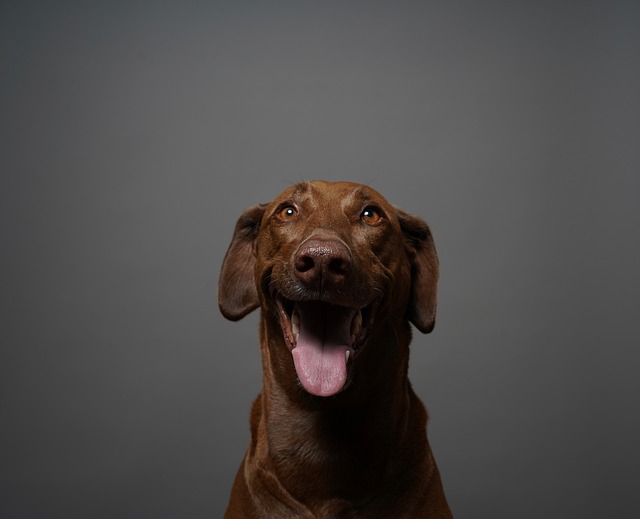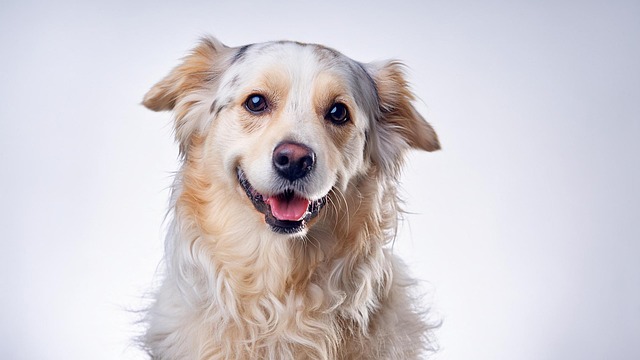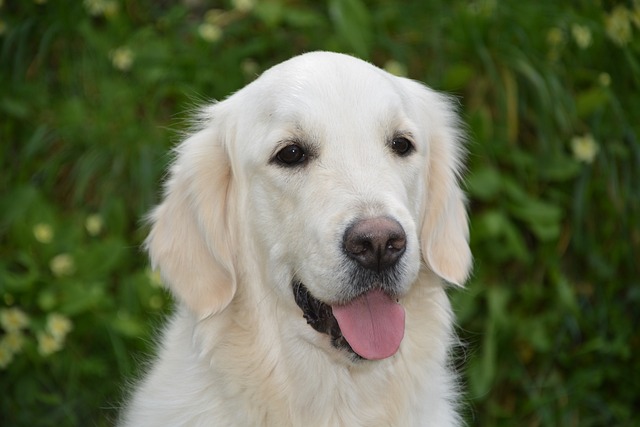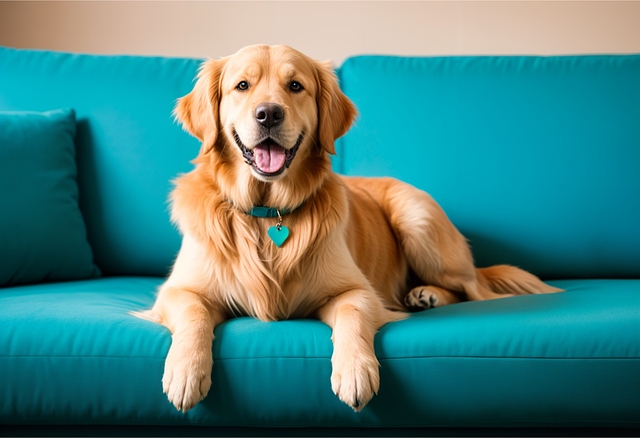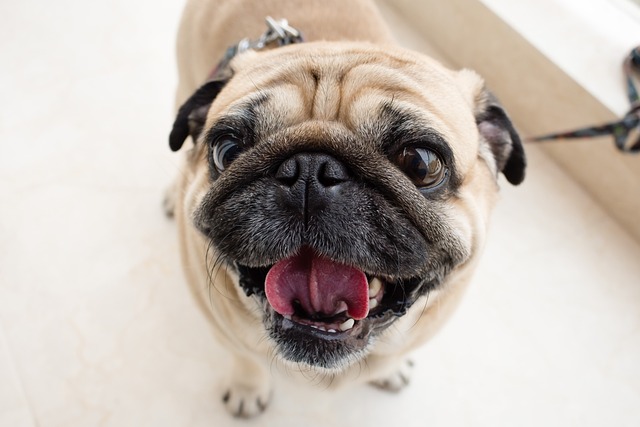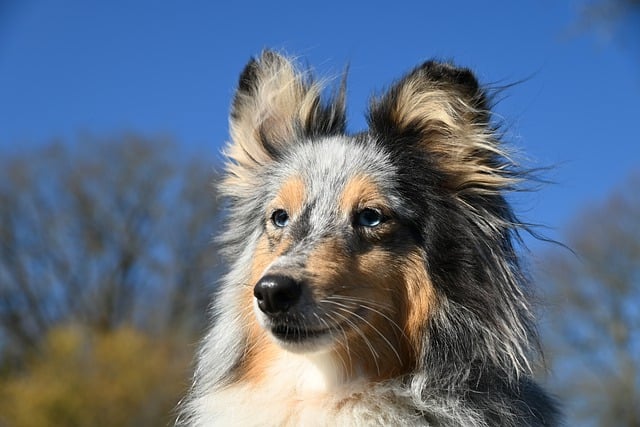How do you treat dry skin and dandruff on dogs? If you’re a new dog parent in the US, you’ve probably noticed those tiny white flakes in your pup’s fur, or watched them scratch their back against the couch like it’s a lifeline. Dry skin isn’t just uncomfortable—it can make your dog miserable, and if left unchecked, lead to redness or even infections. The good news? With a few simple tweaks, you can soothe their skin and banish that dandruff for good. Let’s break it down.
A dog’s skin is like a protective barrier, covered in natural oils that lock in moisture. When that barrier gets disrupted—by harsh shampoos, dry air, or even a nutrient gap—the skin dries out, and dead skin cells (dandruff) start to flake off. Think of it like your own skin after a hot shower without lotion: tight, itchy, and flaky. Veterinarians call this “xerosis,” and it’s often triggered by seasonal changes (hello, winter 暖气 /heating!) or diet. My neighbor’s Golden Retriever, Bear, started scratching nonstop last December—turns out, the dry indoor air from their heater was zapping his skin’s moisture.
So, how to fix it? Start with bathing smarter, not more. Over-bathing strips natural oils, so stick to once every 4–6 weeks. Use a gentle, oatmeal-based shampoo (avoid human products—they’re too harsh). Bear’s vet recommended one with aloe, and after two baths, his scratching slowed down.
Next, boost their diet with healthy fats. Omega-3 fatty acids (found in fish oil or flaxseed) are like skin superfoods—they nourish the skin barrier from the inside. Mix a teaspoon of fish oil into their kibble (check dosage by weight; my 20-pound terrier gets ½ tsp). Within a month, you’ll notice softer fur and fewer flakes.
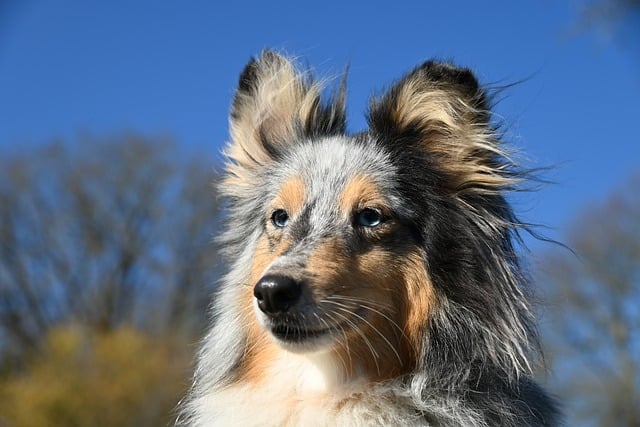
Don’t forget the environment. In dry climates or winter, run a humidifier—it adds moisture to the air, which helps your pup’s skin hold onto hydration. Place it away from their bed to avoid dampness, and clean it weekly to prevent mold (important for apartment living!).
Regular brushing also helps. A soft bristle brush removes loose dandruff and distributes natural oils through their fur. Bear now loves his nightly brush session—he leans into it like a massage, and it cuts down on flakes around the house.
Now, let’s tie this to real-world responsibilities. Even with healthy skin, your dog needs up-to-date rabies vaccines—every US state requires it, and cities like Phoenix fine owners who skip this. While tending to their skin, don’t slack on the basics: carry poop bags on walks (fines in Chicago hit $200 for leaving messes) and keep their tags current.
Culturally, remember that scratching is a sign of discomfort, not “bad behavior.” Never scold your dog for scratching—instead, check their skin and soothe them with a gentle pat. Positive reinforcement goes a long way: reward calm behavior (like sitting during brushing) with a treat, and they’ll start associating skin care with good things.
Living in an apartment? Be mindful of your humidifier’s noise—opt for a quiet model so you don’t bug neighbors. If your pup scratches a lot during walks, keep them on a short leash to avoid them rubbing against other people’s fences (rude, and could irritate their skin more). A quick “leave it” and a redirect to a toy works better than pulling—polite pups make popular neighbors.
Treating dry skin is all about balancing moisture and nourishment. With the right bath routine, diet tweaks, and a little humidity, your pup will be scratch-free and flake-free in no time.
